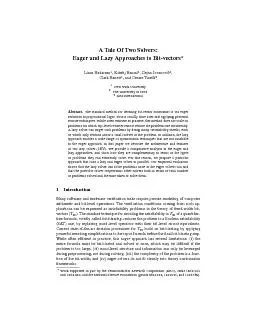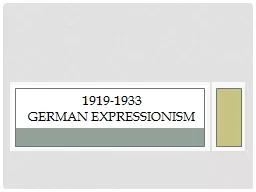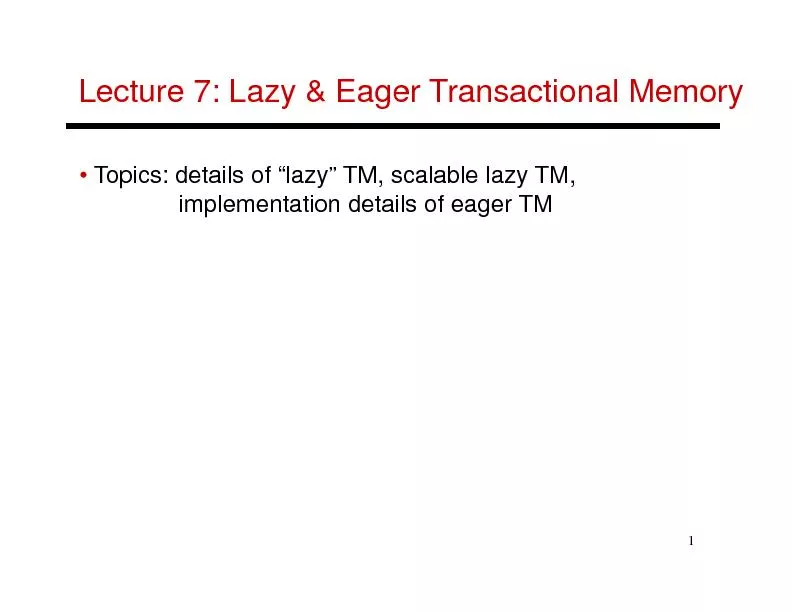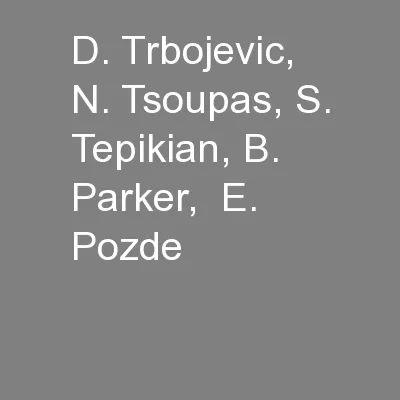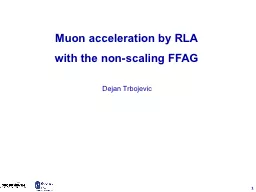PDF-A Tale Of Two Solvers Eager and Lazy Approaches to Bitvectors Liana Hadarean Kshitij
Author : lois-ondreau | Published Date : 2014-10-24
The standard method for deciding bitvector constraints is via eager reduction to propositional logic This is usually done after 64257rst applying powerful rewrite
Presentation Embed Code
Download Presentation
Download Presentation The PPT/PDF document "A Tale Of Two Solvers Eager and Lazy App..." is the property of its rightful owner. Permission is granted to download and print the materials on this website for personal, non-commercial use only, and to display it on your personal computer provided you do not modify the materials and that you retain all copyright notices contained in the materials. By downloading content from our website, you accept the terms of this agreement.
A Tale Of Two Solvers Eager and Lazy Approaches to Bitvectors Liana Hadarean Kshitij: Transcript
Download Rules Of Document
"A Tale Of Two Solvers Eager and Lazy Approaches to Bitvectors Liana Hadarean Kshitij"The content belongs to its owner. You may download and print it for personal use, without modification, and keep all copyright notices. By downloading, you agree to these terms.
Related Documents

